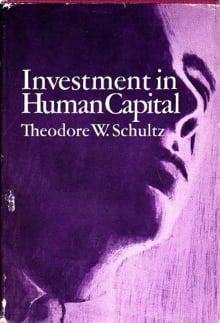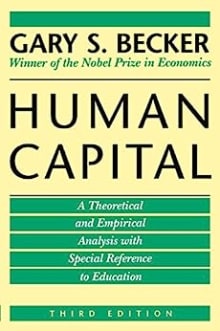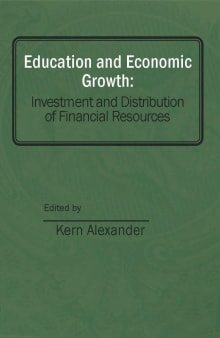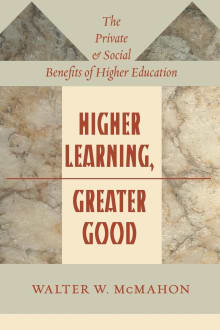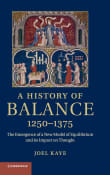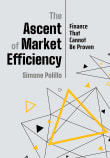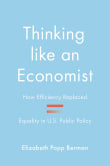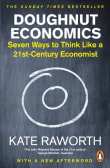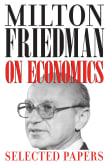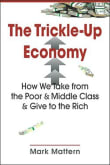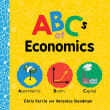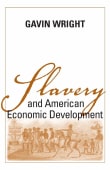I recommend this collection of articles because it gives a readable and clear view of the connection of the benefits of education to education finance and brings in for the first time the distribution of both the benefits and the costs of education.
Kern Alexander is well known as the father of equity as it relates to education and education finance. His article on the “Concept of Equity in School Finance” which is Chapter 10 in his book sets the stage for 9 additional articles that follow on essentially all of the key aspects of distribution of the benefits among children and families and of costs among families and taxpayers.
This follows the nine Chapters on economic efficiency in education, which explore in greater depth many of the aspects already introduced above. These include the “Human Capital Approach” by Theodore W. Schultz, “The Social and Economic Externalities of Education”, “The Value of Investment in Education by George Psacharopoulos, and so forth.
But these are all aspects of economic efficiency do not address equity in distribution, which also is important especially in the US where inequality in funding per child among school districts is large because it depends on the valuation of real estate between rich and poor districts. This largely determines the inequality among the education that children get and the wide inequality in their incomes and well-being later.
The concepts of equity that Kern Alexander introduces also offer great insight into the political process and why people do what they do. Motivations range from “Commutative Equity” which means ‘let the market prevail’, no matter how unjust or how unequal it is when it comes to distribution, because of their deep seated belief that people who have earned it should be able to keep and enjoy their wealth, even though they may have inherited it, or lost it due to poor health or an accident.
This view opposes all redistribution, views larger government as “bad”, and is very influential because with wealth comes power. A more widely held view that considers the innocence of children and the desirability of attempting to give them a more equal start is the goal of seeking to achieve ‘equality of educational opportunity’. Surveys of the US population show that more equal distribution of incomes later tends to be preferred by more in the population.
Final incomes are not equal because there are differences in innate ability and in motivation. But they would be more equal than that what currently exists in the US. Farther to the left is the ethical desire to ‘right the wrongs of society’ based on ethical ‘positivism’ drawing on John Rawls philosophy. It involves more redistribution than most people will accept.
I personally recommend this book because I think US children should not be forced to bear so massively the results of the ‘sins of their fathers’. Producing an educated population is different than producing steel ingots; equity doesn’t matter in producing steel ingots, so equity is not at issue, and let “the results of the market prevail” is fine. But in educating children it does matter, and matters a great deal.
I believe capitalism and markets work far better than centrally planned economies. But it also produces far greater inequality in the results than most people are willing to accept. The mechanisms by which it does this include, but are not limited to, instances of market failure, such as monopoly, poor information among buyers and sellers in markets, externalities, and inequalities in education finance. These situations require some government intervention or taxes and subsidies to make markets work better.
Markets fail when markets without rules break down. It is a bit like trying to play baseball without an umpire. Those who deeply believe as a religion in the sanctity of markets, oddly, often ignore or strongly oppose efforts to correct the bad effects of market failure when it occurs. This helps explain the opposition to policies related to vertical equity in the funding of schools which has a major effect on the distribution of income and well-being later.
This belief also affects positions on the adequate funding of the Internal Revenue Service, the funding of social security, Medicare, and Medicaid, the size of government, and the achievement of greater equality of educational opportunity.
Equity is not a simple subject. But getting into the many aspects of adequacy, and of horizontal and vertical equity in the funding of education at all levels, including higher education in Africa and Pakistan, will be introduced by Kern Alexander’s book. They offer insights to the reader as to why things are as they are, and to practical remedies to many of the world’s most troublesome distribution problems.


